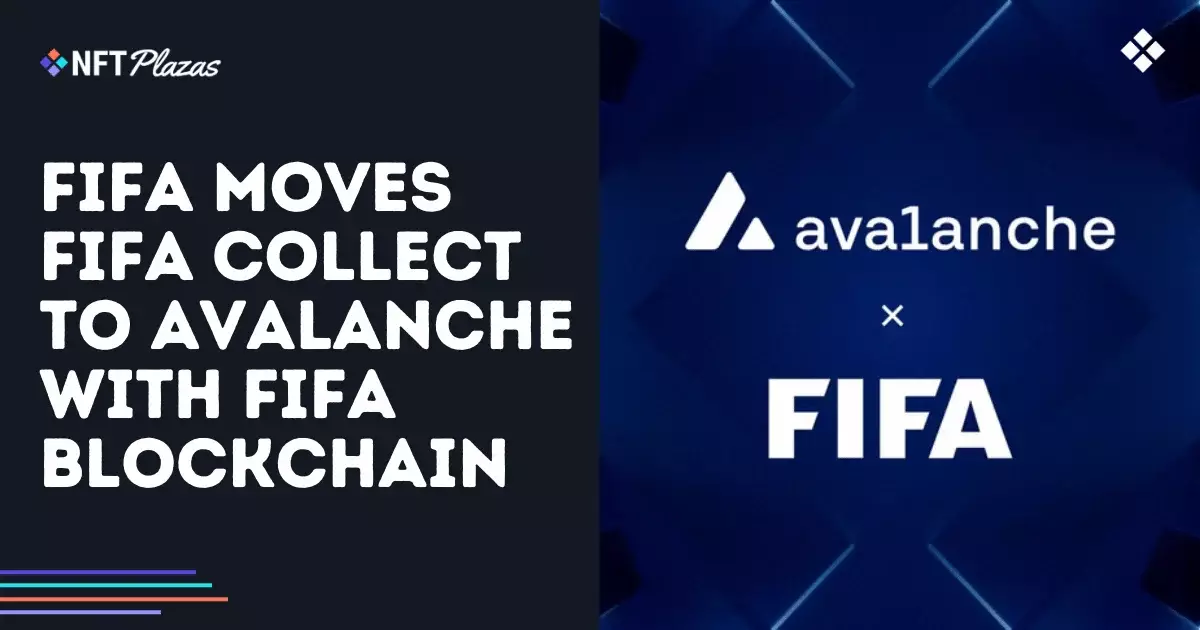In what many consider a revolutionary move in the realm of digital entertainment, FIFA has made a significant pivot by developing its own custom Layer-1 blockchain in collaboration with Avalanche. This new infrastructure, dubbed the FIFA Blockchain, is aimed at enhancing its digital collectibles platform—FIFA Collect. This decision is not merely a technological upgrade; it’s a bold declaration of autonomy in an increasingly crowded NFT landscape. The establishment of this blockchain isn’t just for show; it’s a strategic maneuver that recognizes and leverages the growing importance of digital assets in the sporting world.
Why the Migration Matters
But what does migrating away from the Algorand blockchain and its wallets like Pera and Defly to Ethereum-compatible wallets, such as MetaMask, signify? It’s about flexibility and future potential. FIFA is positioning itself to better handle the inevitable influx of fans and transactions during high-stakes moments like international tournaments. This switch will not only enhance the platform’s transaction speed but also lower costs, addressing a common frustration for collectors and enthusiasts. While some may see this as a hassle, I argue that it is a necessary step toward creating a robust and user-friendly platform that caters to FIFA’s colossal global fan base of 5 billion.
The Financial Implications of User Migration
The financial ramifications are profound. By transitioning away from Algorand, FIFA is not merely simplifying digital interactions; it is making a strategic choice to engage more broadly with users through affordability and efficiency. With Avalanche’s promise of cost-effectiveness and rapid transaction confirmations, FIFA aims to offer an unparalleled experience for users interacting with NFTs—especially under the pressure of global attention. The scrutiny of FIFA’s financial motives in this blockchain venture is robust; nonetheless, it appears to me that enhancing user experience is a commendable aim, demonstrating that even large organizations can evolve intelligently.
Compatibility and Customizability as a Competitive Edge
One remarkable aspect of this move is the underlying theme of compatibility and customizability. By choosing Avalanche for its dedicated Layer-1 chain, FIFA ensures that it remains integrated within the Ethereum ecosystem, a vast network of wallets and developer tools. The compatibility with Ethereum is a game-changer that could lead to unlimited innovative possibilities. Through this strategic partnership, FIFA is not just creating a new platform; it’s constructing a digital playground that could redefine the future of collectibles in sports, making unique experiences possible across various functionalities beyond mere digital trading cards.
The Broader Implications for the Digital Collectibles Market
In light of the increasing intertwining of sports and blockchain technology, FIFA’s commitment to establishing its dedicated blockchain resonates far beyond the realm of digital collectibles. It sends a resonant message to other sports organizations: that embracing blockchain technology could yield remarkable opportunities for engagement and revenue generation. As FIFA moves forward, its influence might inspire others to reconsider how they interact with fans in the digital age. Such steps in the digital collectibles space may suggest that it’s not merely a trend but a substantial directional shift, with FIFA spearheading this evolution. This is a pioneering approach in sports and entertainment, advocating for the future of fan engagement, and I am excited to see where it leads.


Leave a Reply